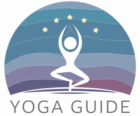Introduction
Neck flexion is the act of tucking your chin down toward your chest, and even though it’s a simple movement, it can cause pain, stiffness and loss of mobility in these areas.
Causes include actions such as constantly looking down at your phone, holding your head in one position, or even sleeping incorrectly.
What is turning the neck?
A neck twist is the movement of bringing your chin down to your chest. It uses the deep neck flexor muscles as well as the sternocleidomastoid (SCM) muscles arising in the joints below the skull.
Other neck movements include
• Rotation of the neck to one side
• Bending the neck laterally to bring the ear to the shoulder.
Raise the neck to lift the chin up
When turning the neck, the normal range of motion is 40 to 80 degrees. It can be measured with a device called a goniometer. It indicates how much you can move your neck without experiencing pain, discomfort, or resistance.
Healthy joints, muscles and bones help maintain normal range of motion.
Causes pain, stiffness and reduced mobility
There are a variety of reasons for being disabled or limited, and these activities usually involve you constantly looking down. While this may be the result of looking at a handheld device, it is also called a test neck.
Read More 7 Simple Yoga Asanas For Neck Pain Relief
Activities that stiffen the neck and involve limited range of motion.
• Using computers and cellphones as trusted sources
• Reading
• Driving or sitting in one place for long periods of time
• Cycling
• Walking, especially on uneven terrain
• Improper sleeping pattern
• Sewing, sketching or writing
• Carrying a heavy bag on the shoulder
• Playing sports that use only one side of the body.
• Repeated upper body movements.
Read More Yoga For Eyes: Try These 7 Asanas Which Can Improve Your Eye Health
Today we are going to look at five yoga poses to increase neck flexibility. By practicing it, you can increase your neck flexibility. So let us now take a detailed look at those 5 Yogasanas.
1. Tadasana
Follow the steps given below to practice this asana to get maximum benefit.
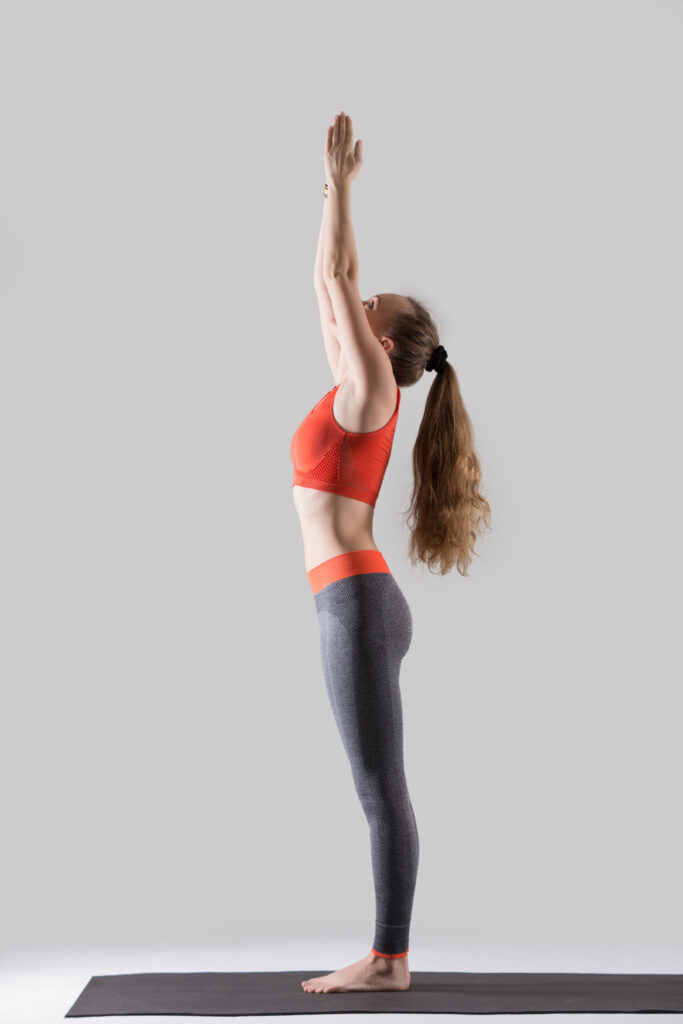
How to do
1.Stand up straight with two inches between your feet.
2. Inhale and raise your arms in front of you to level your shoulders.
3.Slowly rotate your wrist outwards by locking both your fingers.
4. Breathing in and out of your head.
5. While raising your arms, lift your heels off the floor and balance your entire body weight on your toes.
6. Hold this position for 20 to 30 seconds or as long as is comfortable for you.
7. Now gently bring your heels down to the floor.
8. Exhale and release your fingers.
9. Now come back to the starting position with your hands down.
Read More 7 Effective Yoga Asanas That Will Help With Diabetes
2. Setubandhasana
Follow the steps given below to practice this asana to get maximum benefit.
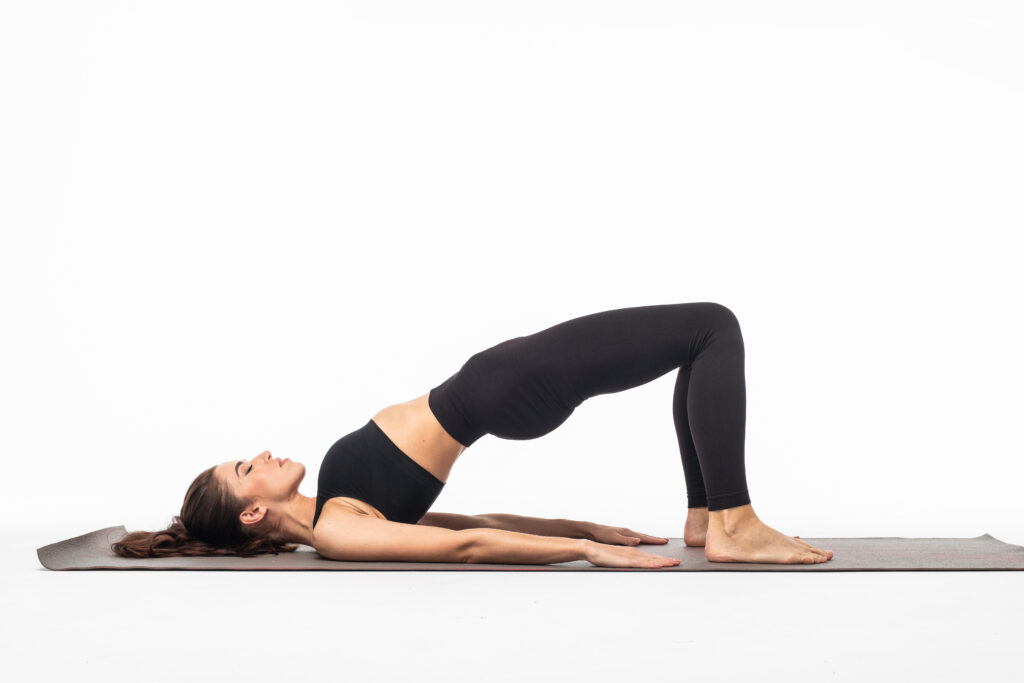
How to do
1.Sleep on your back.
2. Bend your knees and make sure your feet are hip-width apart.
3. Place your hands by your sides with palms facing downwards.
4. Lift your back by pressing the ground with your hand.
5. Lift your chin in such a way that it touches your chest without any movement.
6. Inhale and lift your torso up.
7. Make sure your head and ankles are in a straight line.
8. Keep your thighs parallel to the floor.
9. Hold the breath for a few seconds. And repeat this process five times while exhaling.
Read More 7 Simple And Effective Yoga Asanas To Reduce Extra Body Fat
3. Bhujangasana
Follow the steps given below to practice this asana to get maximum benefit
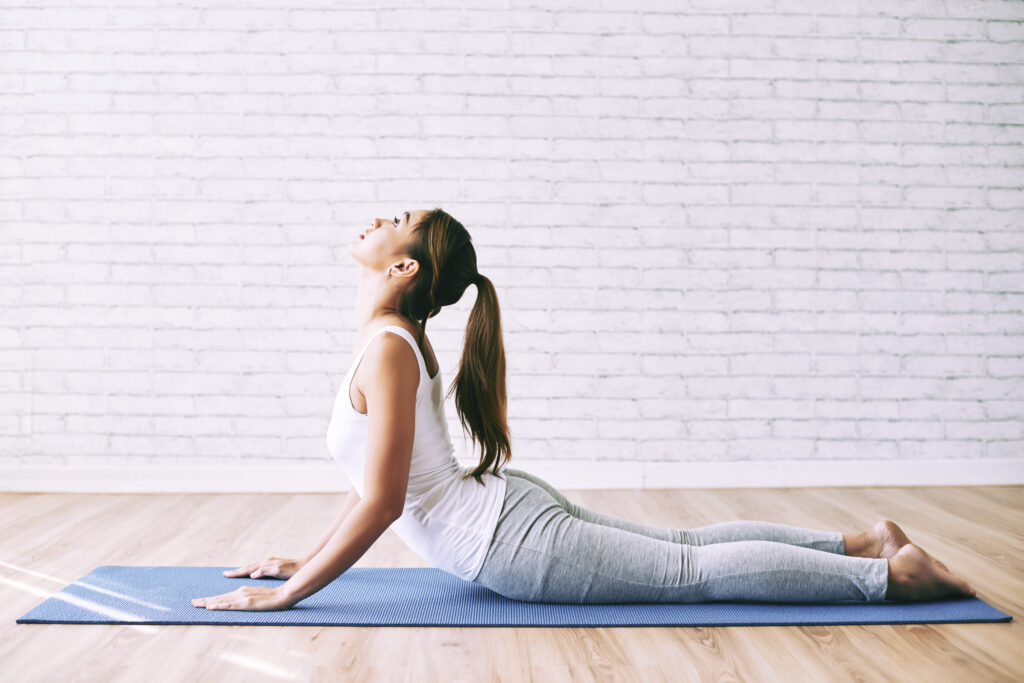
How to do
1. In resting posture, lie on your stomach with your arms crossed in front of you and rest your head on them.
2. Gently bring your feet together and place your forehead on the floor.
3. Move your arms and fold them at the elbows and place your palms near your shoulders.
4. Raise your elbows slightly off the floor, inhale and push your chin out and lift your forehead.
5. Lift your torso off the ground.
6. Make sure your stomach is pressed to the floor.
7. Consider the movement of raising the snake’s hood and gently feel the tension in your spine.
8. Relax until your body comes back to the floor and keep your head up until your torso is fully extended.
4. Uttanasana
Follow the steps given below to practice this asana to get maximum benefit.
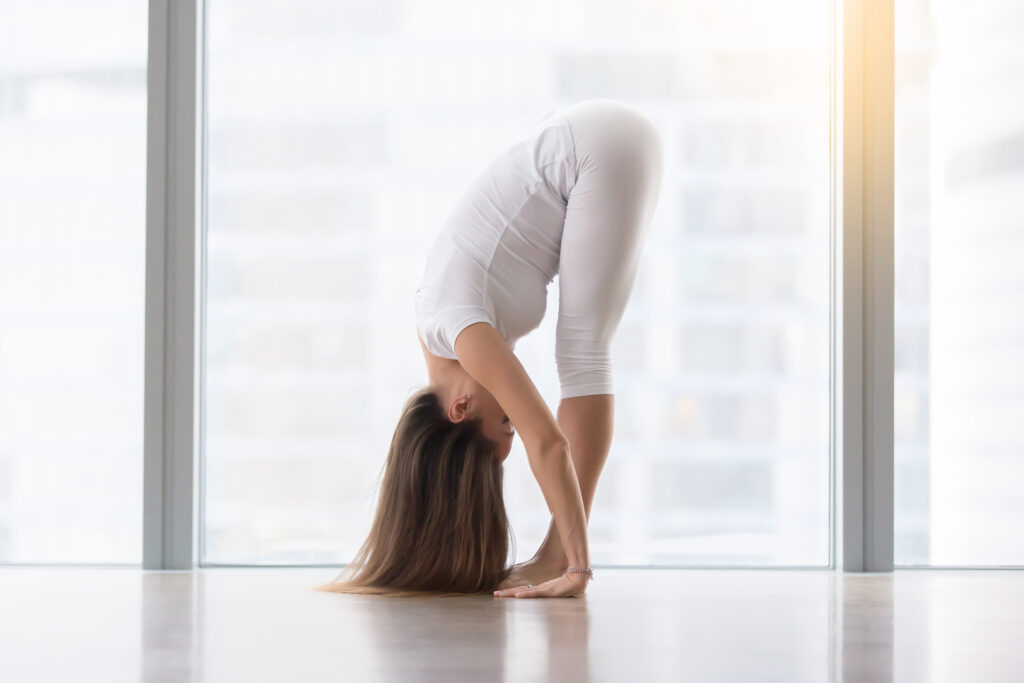
How to do
1. Stand with your feet parallel and slightly apart to face you on your mat in a mountain post.
2. Inhale to lift your arms up.
3. On an exhalation, extend your arms out to either side and bend your torso forward to rotate into a front fold.
4. Keep flat as long as possible. When your range is up to full forward rotation, it’s okay to round your spine.
5. Let your head get heavy and keep your eyes on your feet.
6. As you come into your full forward bend, place your fingertips or palms on the floor in line with your toes.
7. When you are about to jump back or step back, use your knees as much as necessary to flatten your palms on the ground.
5.Ardha matsyendrasana or The Half Fish Pose
Follow the steps given below to practice this asana to get maximum benefit
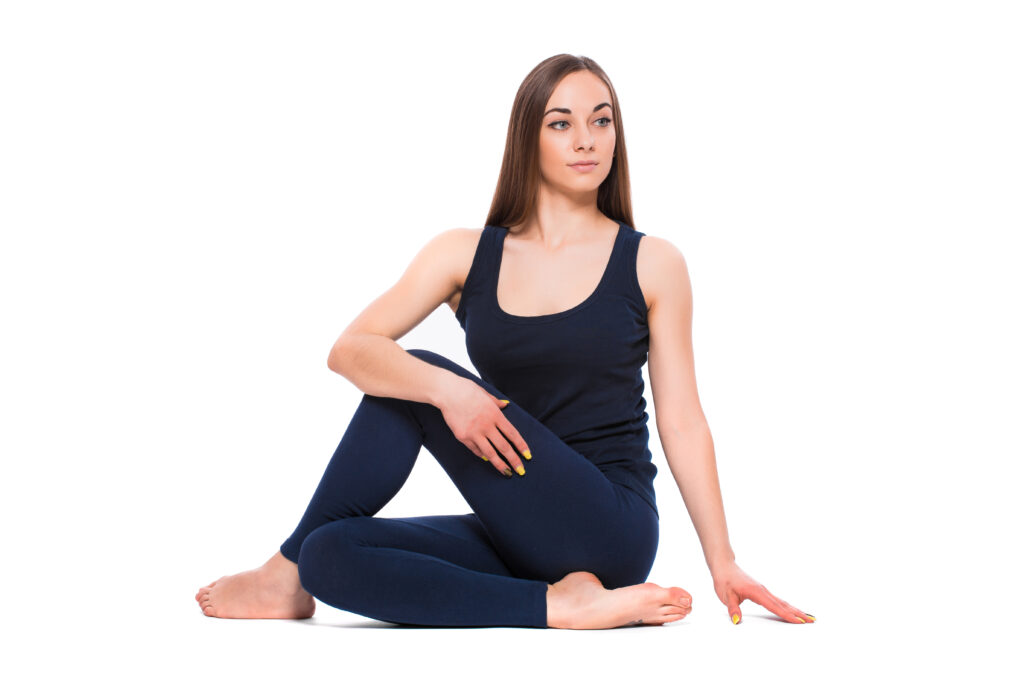
How to do
1. Sit cross legged on the yoga mat.
2. Place the right hand on the left knee while twisting your torso to the left side.
3. Roll from the base of your spine to your shoulders.
4. Make sure you don’t lift your body off the mat. While stretching, be careful not to injure your lower back.
5. Place your left hand on the mat behind your hip.
6. Reverse and repeat this exercise on the other side.
7. While doing the Ardha Matsyendrasana steps, you should make sure to be very slow. Because rapid movements can injure your neck or lower back.
8. Ardha Matsyendrasana procedure should be followed properly. Another important thing to remember while doing seated exercises is breathing.
9. As you move the body into the final pose, make sure you exhale. Exhaling will help you bend further.
10. Once you have fully exhaled and found your balance in the turn, resume breathing normally.
Conclusion
In the above session we have told you some of the causes of neck pain, stiffness and loss of mobility. Also the reasons for this are the activities that lead to neck stiffness and limited range of motion. And it hurts your neck. Here are 5 yoga poses to increase neck flexibility and reduce neck pain stiffness and mobility. By practicing it regularly, you can increase your neck flexibility.
